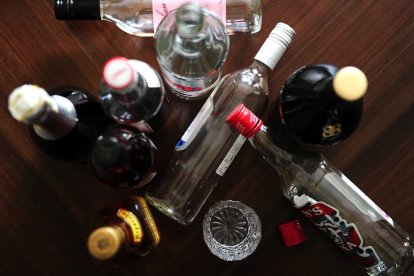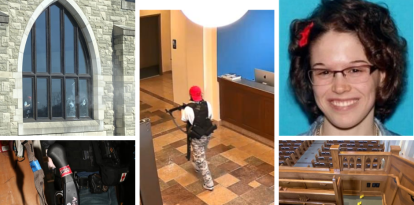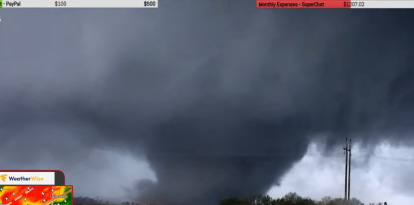Decline of religion is the main cause of "deaths of despair": alcohol, drugs and suicide
A study reveals that the states that have clung to practicing religion have been able to resist these behaviors.

Alcohol / Cordon Press.
It is hard to escape the conclusion that America is experiencing a certain social crisis, which can be seen in what some scholars have called "deaths of despair." These are deaths associated with self-destructive behaviors. Suicides are the clearest case in point, but there are also other behaviors, such as substance use, which is harmful and, for many Americans, deadly. What causes these deaths of despair?
The death rate has increased in the United States due to the pandemic. However, there are other factors that contributere to this increase in mortality. A scientific paper by authors Tyler Giles, Daniel M. Hungerman, and Tamar Oostrom looks at "deaths of despair," and what they believe to be its main cause: the decline in religious participation.
According to the paper:
Over the past two decades, the death rate from drug poisonings in the United States has tripled (National Center for Health Statistics, 2017; Stone et al., 2018; Case, 2015). Suicide rates have increased by 30%, as have rates of alcoholic liver disease.
These trends are considered "one of the most important economic and demographic issues of our time."
Religion
The authors present several explanations that have been sought to explain this phenomenon but none of them are conclusive. For example, it is common to point out the role that the drug OxyContin may have played in the spread of the opioid crisis in the country. However, the drug was first marketed in 1996, and the increase in mortality from this type of dangerous behavior predates that.
The authors found the answer in an element that has been overlooked by most of the literature on the subject, and that is religion. The central thesis of the article is that:
In recent decades, death rates from poisonings, suicides and alcoholic liver disease have increased dramatically in the United States. We show that these "deaths of despair" began to increase from the trend in the early 1990s, that this increase was preceded by a decline in religious participation, and that both trends were driven by middle-aged white Americans.
To reach this conclusion, Giles, Hungerman and Oostorm took into account one of the findings of social science in recent years, which is that there is a relationship between religiosity and health status. The most reasonable explanation for this connection is that religion reinforces certain moral behaviors, which may be detrimental to health.
Religious decline at the end of the 1980s
The study goes much further. The authors noticed the increase in these deaths of despair beginning in 1993. "For middle-aged white Americans, deaths of despair began to deviate from the trend earlier, in the early 1990s. This break in the trend in the early 1990s has received very little attention, but it was of great magnitude."
This is important, because when you look at the decline in religiosity, you see the sharp decline begins right at the end of the 1980s. What is surprising is that, as the article states, "this proximity to the onset of the rise in deaths of despair has largely gone unnoticed." The decline in religiosity, moreover, has been widespread and very pronounced. Considering that religion and health are related, the authors consider that it had to have an effect on mortality. In fact, they do not observe any other phenomenon capable of combining these characteristics.
Geographical analysis
They also did a geographical study of the evolution of religiosity and deaths of despair, and the results are conclusive. States where religion has been kept alive have suffered the least from the scourge of alcohol, drugs or suicides. This reverse relationship between religious practice and this type of deaths is also observed when there are changes: the states where religiosity has decreased the most are the same ones that have experienced the greatest increases in these deaths.
States with lower religiosity and a higher incidence of deaths from dangerous behavior include California, Oregon, Massachusetts and others. On the opposite side is North Dakota, or Tennessee, for example.
Furthermore, state by state this correlation is true for the same demographic groups. Those most affected, and those who have felt the brunt of these deaths, are non-Hispanic whites without a college education.
Blue laws
Another of the article's findings is the role that blue laws have played. These rules regulated commerce, usually on Sunday mornings, and limited activity, or prohibited the sale of certain items. The blue laws were declared unconstitutional by the Supreme Court, which caused these laws to lapse. The authors stated that:
These laws have been shown to be closely related to religious practice, creating discrete changes in incentives to attend religious services that are plausibly unrelated to other drivers of religiosity.
RECOMMENDATION





















